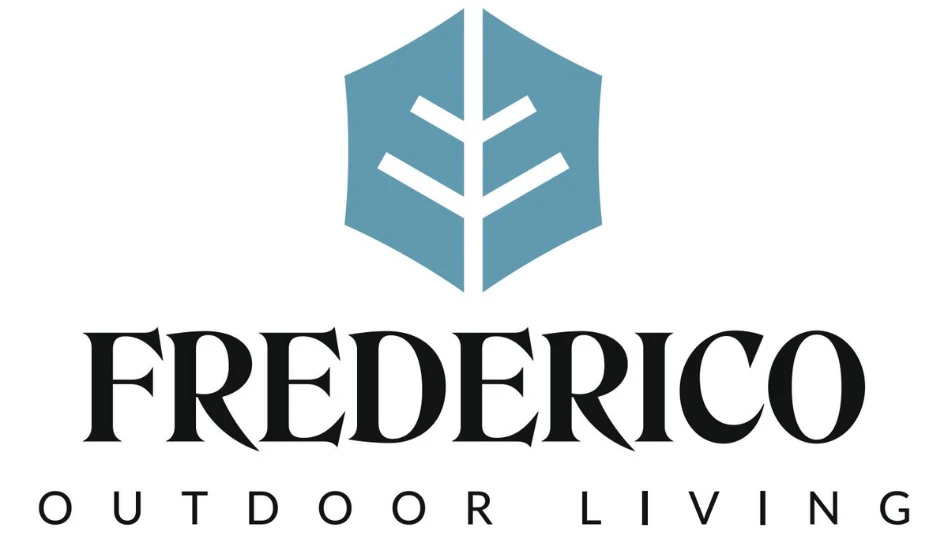
 There are a variety of ways to legally organize a landscape firm. Choice of business organization should be one of the landscape professional's earliest business decisions. However, once an owner or ownership group starts operating his or her business many factors that were previously not considered may come to light.
There are a variety of ways to legally organize a landscape firm. Choice of business organization should be one of the landscape professional's earliest business decisions. However, once an owner or ownership group starts operating his or her business many factors that were previously not considered may come to light.
Landscape professionals who start out as a one-man band may grow into a busy firm with many employees operating across state lines with partners and or outside investors. When this occurs many need to rethink their form of business organization taking into account legal, financial as well as tax considerations.
For the most part, there are three business structures that may be set up in different ways. The three basic structures are sole proprietorship, partnership or a corporation. A forth choice that is an excellent fit as to the way we as landscape professionals carry on business would be a limited liability company (LLC). For accounting purposes, an LLC can be set up like either of the first three business types and taxed accordingly.
Sole proprietorship. A sole proprietorship is a business which is owned and operated by one person. The owner of a sole proprietorship only needs to obtain the appropriate licenses for the business to begin operations. However, the sole proprietor should obtain a certificate of assumed name (fictitious name filing) from the local government office where the business is established if operating under an assumed name. The sole proprietorship is the simplest business organization and the most widely used legal structure for small businesses.
The sole proprietorship controls all business assets. The owner receives all business profits and or losses and reports them on his personal tax return. Therefore, an owner undertakes the risks of the business to the extent of all of his or her assets, whether used in the business or used personally. This point is extremely important and is the reason most landscape professionals operate as a corporation or LLC, as explained below. A sole proprietorship has no limit on liability should there be a lawsuit or bankruptcy and any claims against the business will extend to all personal assets of its owner once the business assets are exhausted.
Partnership. A partnership exists when two or more people join together to carry on a trade or business.
Each person contributes money, property, labor or skill and expects to share in the profits and losses of the business.
Although a partnership agreement is not a legal requirement, written articles of partnership are suggested in order to avoid disputes as the firm grows. The agreement should define each partner's contributions in terms of, money, assets and management.
Specifically, the agreement should define a partner's share of the profit and loss. Just as with a sole proprietorship, the partnership should obtain a certificate of assumed name from the local government where the business is established.
Also, as with a sole proprietorship, a general partnership has no protection from liability that can and will extend to the personal assets of its owners should there be a lawsuit or bankruptcy.
Corporation. A corporation is an association of individuals with a separate legal existence. The corporation is recognized by law as being a distinct legal entity apart from the individuals who own it. Think of a corporation as a separate person that can enter into agreements, sue, be sued, and has an unlimited life as opposed to a sole proprietorship or partnership, which may have limited life by agreement or by the lives of their owners.
The corporation is formed by the authority of the state government where the business is located. Businesses in most states must file papers with the secretary of state.
Corporations are formed by the contribution of money, property or both by prospective shareholders in exchange for stock in the corporation. Unlike a partnership whose operation is set forth in a private contract (partnership agreement), the corporation's financial and management structure must conform to state regulations which are set forth in the articles of incorporation.
Also, unlike a sole proprietorship or partnership whose owners are taxed individually on the net income of the business, a corporation is treated as a taxable entity separate from the owners, thereby, incurring corporate income taxes while stockholders, are taxed on dividends received. This is known as double taxation. There are several ways to shield stockholders from double taxation, one method is by electing S-corp status (see pass thru entities below).
One of the most attractive aspects of the corporate form of business is its limited liability. Since a corporation is a distinct entity separate from its owners, if operated correctly, a corporation has limited liability up to the assets of the corporation itself and the individual shareholders' assets are protected. There are many instances where the corporate veil can be pierced and the owners can be affected.
These instances include non-separation of business and personal assets, fraud, misconduct, etc.
Limited Liability Company. A limited liability company (LLC) is a flexible entity structure that can combine the concepts of sole proprietorships (if there is one owner), partnerships and /or corporate structures. It is a legal entity that provides limited liability to its owners and is organized under state laws.
An LLC is an unincorporated association and is not a corporation. The primary characteristic an LLC shares with a corporation is limited liability, and the primary characteristic it shares with a partnership and proprietorship is the availability of pass-through income taxation. It is often more flexible than a corporation and it is well-suited for companies with a single owner.
For tax purposes, a sole member LLC can be treated as a proprietorship and taxed directly on the owner's tax return. An LLC can prepare a partnership tax return if it has multiple members using the pass thru concept discussed below. Alternatively, an LLC can elect to be treated as a corporation for tax purposes and even make an S-election, which is described later.
Pass through entities. Sole proprietorships, partnerships, LLCs and S-corporations are pass-through entities for federal income tax purposes. These entities are not subject to income tax.
While these entities do need to complete tax returns or forms, they are informational only and flow thru to the owner's personal tax returns and the owners are directly taxed individually on the income, taking into account their share of the profits and losses. This avoids double taxation. Caveat: If an LLC makes an election to be treated as a corporation for tax purposes, than taxes may be due at the entity level.
Differences In entities. As a sole proprietor, the income or loss pass through is clear with respect to the entire profit or loss being passed through on his/her personal return either adding to personal income or offsetting ordinary income if there is other ordinary income on the return.
In the case of a partnership or LLC taxed as a partnership, income and losses do not have to be passed thru to a partner or member in relation to ownership percentage. Allocations can be agreed upon in the partnership or operating agreement. This is an important point as partners or members can agree to allocate excess losses to one partner or member and income to another, or any other combination. Also, if tax credits are available, they may be allocated by agreement.
For corporations electing S-status, all income losses and other items must be taken in exact relation to ownership percentages and reported on schedule K-1.
Daniel S. Gordon is a CPA in New Jersey and owns an accounting firm that caters to landscape professionals throughout the U.S.

Explore the January 2012 Issue
Check out more from this issue and find your next story to read.
Latest from Lawn & Landscape
- All fun and games
- Larry Ryan steps down as Ryan Lawn & Tree president
- Session snippets
- WorkWave debuts WavelyticsTM at Beyond Service User Conference
- Picking up after the storm
- HD Hyundai Construction Equipment North America unveils HX90A compact excavator
- Ruppert Landscape acquires Ocean Woods Landscaping
- Registration now open for Central Coast Water Summit





